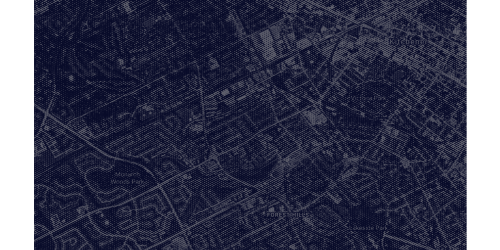The Mosaic of Brokenness
(today) I cried, driving to the grocery store, for no reason, other than, I remembered (so when does it end?) When I am accomplished and successful, is that when I feel whole again? I desper... Read more
Clementine
When Soma was six the fireflies used to get tangled in her hair, clouds would shape themselves into castles for her to rule, and lemonade tasted sweeter. Her mouth would get numb from eating too much ... Read more

Policing the Pandemic
When the first wave of COVID-19 in March 2020 set off emergency orders in Ontario, police departments were given increased powers to enforce public health measures that called for self-isolation and physical distancing. Neighbours were also encouraged to police each other through the use of “snitch-lines”, and an expanded state of surveillance was assumed as a new normal. This deepened pre-existing police presence and control in neighbourhoods where more poor, Black, Indigenous, and immigrant communities live. KW Article Club, a reading group and art collective based in Waterloo Region, informed by work from local and international Black activists and organizers, sought to address these structural inequities in March 2020 through a zine titled #PolicingThePandemic. The following feature is an adapted version of that zine that adds two pieces that delve into the impact policing has on Black people, making a case for why we continue to strive towards a future where we prioritize care instead of enforcement. Read more
Sidewalk Courage
1 My sister is an athlete. She is also a Black teenager living in a townhouse complex. Not the kind where well-to-do young people pay condo fees, but the kind where the kitchen counters are laminate a... Read more
The Bitterness on Your Tongue
Listen to Tomi read from this piece: Textile · Tomi A. - The Bitterness On Your TongueI am listening to Nina Simone sing “Strange Fruit” and I am trying to sleep and all around me float visions o... Read more

